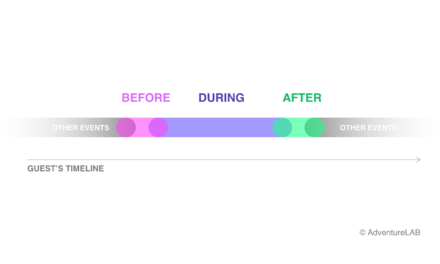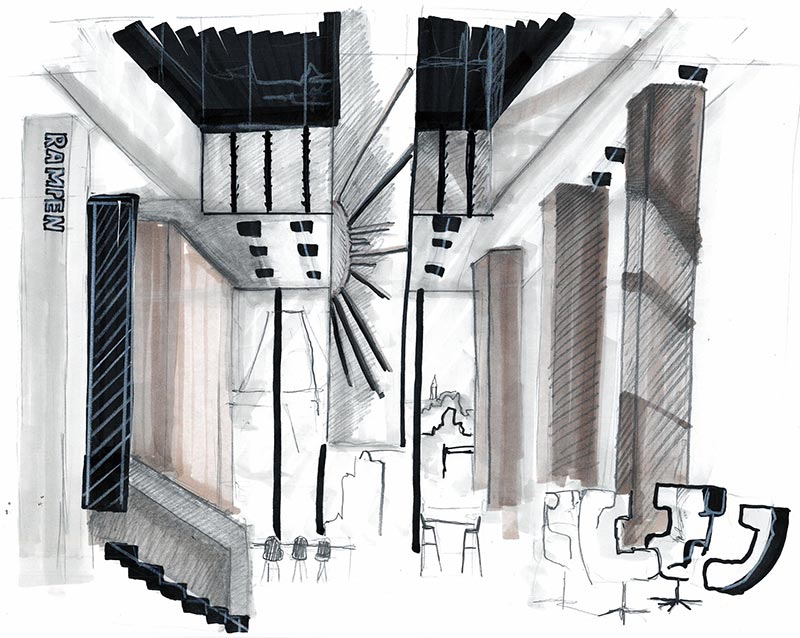Three Cornerstones To Making More Of The Retail Experience
October 21, 2016The CEO of a successful retail franchise once shared his prescient view with the management of a shopping mall during a meeting on how to make their retail space successful: “If you don’t have family entertainment, families will not visit your mall.”
In other words, if you only dedicate your retail space to shopping, the chances are that you will miss out on customers, their time and their money.
This was in the days before retailers felt the dramatic impact of the shift in consumer behaviour and the fallout from the financial crisis, but it was a view describing the need for the traditional shopping hubs such as malls to offer more than just stores to succeed and drive footfall.
In essence, all the talk of enhancing the retail experience beyond that of a place to buy goods is nothing new. It is, however, under intense scrutiny again as a way to revitalise the value and relevance of shopping areas both to visitors and to retail and brand residents.
More and more retailers are looking for the next experience that will help drive traffic and sales. The result is that experience design, theming, entertainment and gamification are all being added to the traditional retail mix, and retail marketers today often find themselves right at the heart of experience initiatives. But these initiatives will only succeed when they use expertise and disciplines outside of the typical retail marketing preferences.
Open-Minded Collaboration
Bringing together a range of resources with different competencies is at the heart of creating successful experiences designed around people visiting the retail space. The benefits are clear; this approach often surfaces new perspectives and ideas, something that can make a true difference to the way people experience your retail space.
Such precious sparks of innovation should be handled with care, and retail marketers have to make certain that everyone keeps an open mind, uncluttered with established working practices. After all, you didn’t start this project to just do the same old thing, but to achieve something new. This is why you now find yourself in a room with experience designers, game developers or themed entertainment specialists, rather than just your usual team members.
Creating The Right Experience
It is still important to keep in mind that, in an exciting setting like this, it’s easy to be swayed by a radical new idea or possibility and to get carried away. It’s a fine balance between being open-minded and recognising that an idea needs more work, or simply will not work because it’s out of context and irrelevant.
To keep this balance, there are three cornerstones to retail experience design that will help you avoid accidentally championing an idea that will simply not work for you:
Strategy: First of all, whatever you do has to be based on your business strategy and business plan. Sure, starting to work in this way can uncover such a profound meaning that it can influence your business overall. But you still need to make certain that why and how you are working to enhance the experience of your brand–your experience strategy–is connected to your overall business strategy. Without this connection, you may end up with something that feels detached and disconnected from the visitors and customers you are trying to engage with.
Context: You will have to consider the specific context in which you are working, meaning that you will need to take into consideration the framework of your retail space. You may be inspired by something that has been done in an open outlet, but you are working within an indoor mall setting that has some significant differences. You may look into cases and statistics that you would like to set as your own goals, but the scenarios they were achieved in are simply not applicable to you. Your framework will have similarities to other places, sometimes even those that are not obvious to you. Your space will also have its unique features. In a recent project we found that for the same retail brand in three different locations in one state, each had its very own unique characteristics. This insight helped grow traffic for each location significantly, as activities from one place were not just replicated in full in the next.
Audience: The key to the success of any bricks-and-mortar retailer is typically defined and understood as the mechanic of attention and interest creating traffic, followed by traffic converting into sales. There is obviously some unavoidable truth in this. However, it also creates the basis for a very closed concept of the visitor only being a shopper and the shopping experience as the only goal for every visit to the store. If you truly want to activate and retain people, you need to see them as much more than numbers with their purses out at the counter.
For starters, I think of any group of people I work with as an audience. This allows me to work with them having various goals and modalities in different contexts. At one time they may be browsing, at another they may be dwelling (or ‘hanging out’ in more down-to-earth terminology) and yet another time they may indeed be shoppers. You want an audience who are already interested in your space and the offering, so that it becomes easier to frequently convert them into shoppers. If you have to take people through the whole sales funnel each and every time, it will decrease your ROI due to man-hours and cost. Keep your customers close, and your potential customers just as close.
Once you start adapting to this mindset to create experiences for an AUDIENCE within a CONTEXT based on a well-defined STRATEGY, you are en route to creating success with your audience and on your bottom line.
You will soon find that the famed shopping experience that often gets all the attention is only the tip of the iceberg when creating your total retail space experience. Will your secret ingredient be family entertainment? I’ll leave that up to you.




